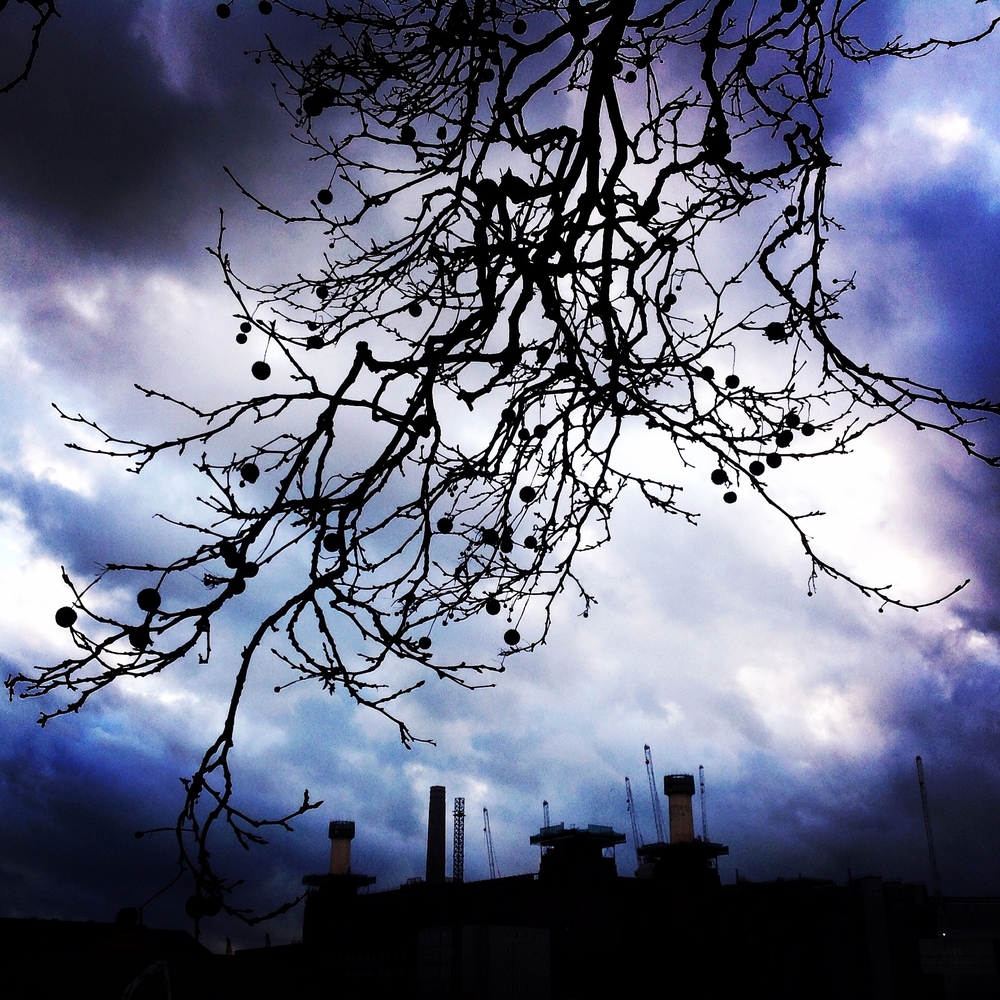T2C weather report: Preparations for Workshop 04 in Milan

Workshop 04 (WS04) is almost upon us and Milan in May promises to be everything that Helsinki in March (WS03) was not: warm with a strong technical front moving in from the east...
In Helsinki we were treated to a plethora of design approaches to collaboratively add colour and context to our visions for the Trash-2-Cash (T2C) fibres. We also saw, bubbling up on the horizon, a desire for the science and technology results and challenges to be more openly discussed, shared and addressed. WS04 will therefore allow the technical partners the time and space necessary to get into the nitty gritty of issues like garment sourcing, fibre elongation and pretreatments… and for the designers this will be an opportunity to find out how ‘garment sourcing, fibre elongation and pretreatments’ actually affect the senso-aesthetic and performance potentials of the new T2C fibres.
I shudder at the thought of describing Design as the ‘weakening front’ in this weather analogy but a partial withdrawal is a necessary part of a balanced system, allowing the atmosphere to evolve before pushing back to challenge the technical direction. In this way the role of Design in Milan will be to support the technical exchange and, perhaps for the first time, scientific and technological challenges can benefit from designerly approaches to problem solving. The methodology team have designed activities to enable communication within disciplinary groups as well as between partners. We will take workshop tools to help facilitate discussion, interpret ideas between disciplines, and identify the opportunities in seemingly impossible challenges.
WS04 is also a milestone in the T2C project as we bring together official internal insight reports (‘deliverables’ in EU speak) from four different disciplinary areas: marketing; science & technology; design and materials. This ‘coming together’ of the different areas of project knowledge in a documentary form marks an important stage in the collaboration, taking it out of the messy brainstorm discursion of the workshop into something more considered and tangible. Together these reports will help each person sitting in their own (disciplinary and geographical) climate to build a more complete picture of the kinds of fibres we plan to develop. Not all of it will make sense to everyone. And that’s the other agenda for WS04; to make it make sense, to elucidate the picture that has begun to be pieced together individually and make it vivid in collaboration; a forecast map taking into account all of the different perspectives.
When we return on May 27th, back in our own offices, studios and labs, we will all have a clearer picture of the design and technical ‘outlook’ for T2C fibres, and be able to begin work on developing new prototypes in earnest.
Dr Rosie Hornbuckle, UAL